Ask most people when the first cars came into existence, 7 times out of 10 they’ll guess sometime around the previous turn of the century. By modern definitions of the car, that answer would be somewhat accurate.

(Source: thinglink.com)
By car, most people mean one with an internal combustion engines (ICE). We’ve only enjoyed ICE tech for about a century.
What you failed to learn in history class was that humans enjoyed horses carriages before the time of Henry Ford. If you count the advent of steam technology, external combustion engine (ECE) technology, then we’ve had cars for closer to 200 years.
If you had been alive at the end of the 19th century, and if someone asked you what sort of future you imagined, you might have painted a picture of rail-free cars, horseless steam-engine carriages parked in front of every home.
You would have been so wrong.
The 1800s
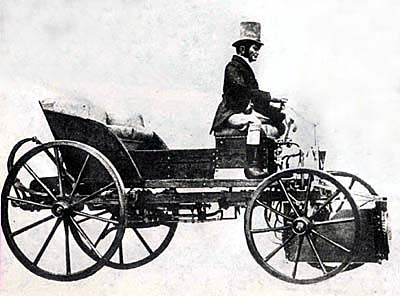
(Source: radio.cz)
Although some debate once existed about a steam powered carriage made in the 1700’s, the first one came later.
A man named Josef Bozek built the first confirmed ECE in 1815. That’s almost exactly 100 years before the Model-T!
Bozek did not put his invention into production. You can only imagine how much maintenance that thing required. It was the product of an engineer’s hobby, one that history wouldn’t match for ten years.
A man in Massachusetts, Thomas Blanchard also built an ECE in 1825.
Those first two steam-powered vehicles would exist as the only two until the late 1850s when a handful of other engineers designed and built ECEs.
By the 1880s, a few manufacturing plants opened up, but production was slow. Models were expensive and problematic.
The Early 1900s
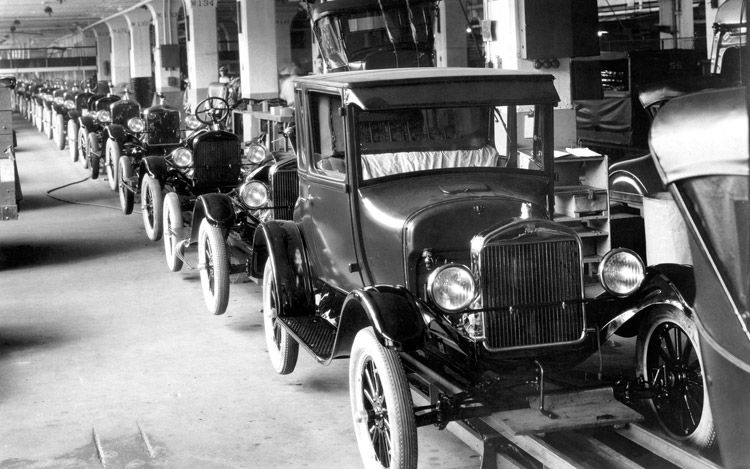
(Source: fordh.weebly.com)
Not an inventor, not an engineer, Henry Ford was an industrialist. Those guys were the big-time investors of their day.
When Ford incorporated Ford Motor Company in 1903, ECEs were still on the road. They were still an emergent technology. The biggest name was Stanley Steamer, but Doble Steam Cars were the Mercedes-Benzes of their day.
Remember our version of you living in the 1800’s? If you were still alive in 1903, you thought steam was where it was at. You were the last true steampunk aficionado.
Even as the first Model-T graced the roads in 1908, you still clung to the idea that steam was king. These new internal combustion engines were sure to explode.
There was, after all, an explosion thing place in sequence, over and over under pressure inside the engine. It wasn’t water but ignited gasoline! This was a recipe for disaster against the time-honored technology of steam.
Even as farmers adopted Ford’s convenient Model-T, you stood your ground. When he added the assembly line in 1913, you folded arms.
It will all unravel soon, you would have told yourself.
The End Of Steam
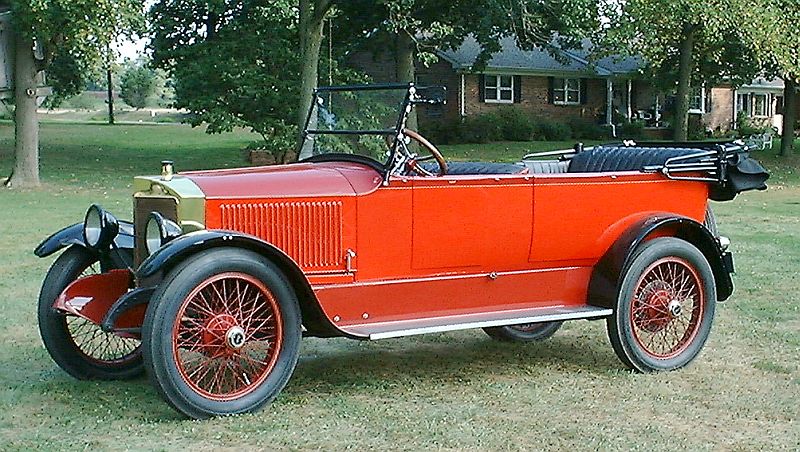
(Source: stanleymotorcarriage.com)
It was right around 1914, ECE production companies began to fold. Ford’s Model-T was winning the battle.
Over the course of ten years you would watch as the steam car companies in the United States all closed, then the ones in Canada.
By 1925, 100 years after the first steam car, it would be no more; not as a production vehicle. The age of internal combustion was rocketing forward with or without you.
If you hadn’t conceded the point by 1925, you were that crazy guy living in the woods. No, wait, he had a Model-T too.
The Dream That Wouldn’t Die
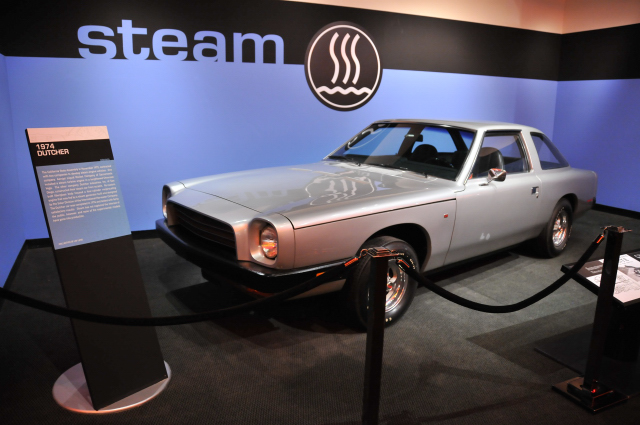
(Source: pbase.com)
Many to the day believe that steam never had its day in the light. There have been several attempts since 1925 to revisit the issue, with some success, but nothing commercial.
My favorite steam car was the Cornelius Dutcher, which you can see at the Petersen Automobile Museum in Los Angeles.
A group called Steam Power Systems build the Dutcher in 1974 from the ground up. Their prototype, housing a very small steam engine by comparison to ICEs, would remain the only Dutcher in existence.
Many other projects have come and gone, often to beat land speed records, but police cars and hybrid ICE-ECE engines have graced design tables too.
None of them were enough to make the front page.
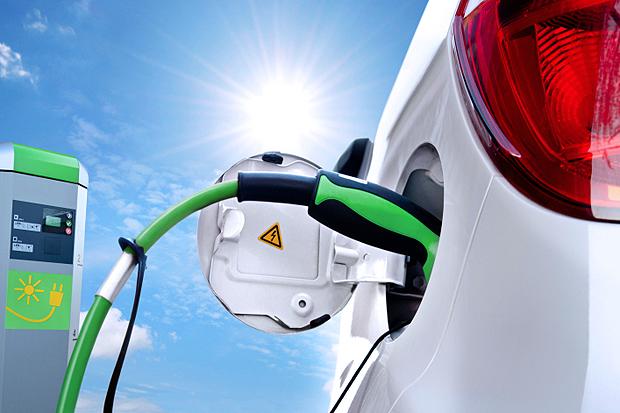
(Source: lngworldnews.com)
We may yet see a steam engine in a modern car, but it’s doubtful. We have cars that run on alcohol, spent cooking oil, batteries, and even algae. Several examples of car conversions run on tap water.
The car I want to see runs on salt water or better yet, garbage. Build a car that runs on space garbage and you will be the next industrialist superpower with your name next to Ford.
Just, let the steam thing go already. Steam had its day. It went the way of the, well, the steam engine.
